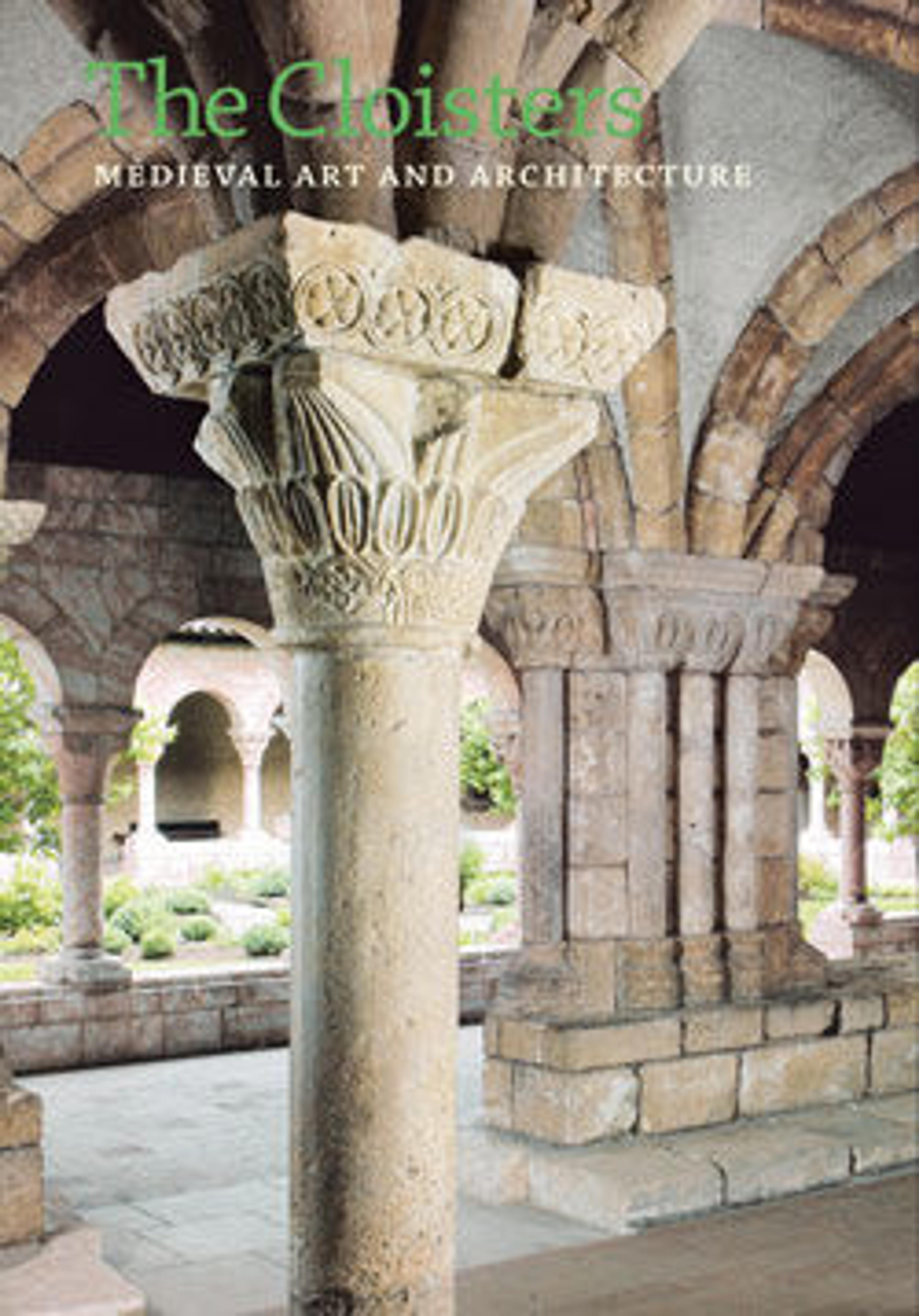Enthroned Virgin
This work is a rare surviving example of medieval sculpture in terracotta—no other Italian examples from the period exist today. The sketchiness of the modeling and the omission of figure of the Christ Child, among other details, suggest that the sculpture was most likely created as a workshop model rather than as a finished piece. It has been proposed that the terracotta was made as a goldsmith's model for the Virgin and Child group intended for the center of an altarpiece. The graceful pose of the Virgin, the rhythmic folds of drapery, and the delicate treatment of her face are consistent with the French-inspired style seen in Tuscany from the middle of the fourteenth century.
Artwork Details
- Title:Enthroned Virgin
- Artist:Goro di Gregorio (Italian, Siena, active ca. 1300–1334)
- Date:first half 14th century
- Geography:Made in Tuscany, Italy
- Culture:Italian
- Medium:Terracotta
- Dimensions:Overall: 17 5/8 x 10 x 9 1/2 in. (44.8 x 25.4 x 24.1 cm)
- Classifications:Sculpture-Ceramics, Ceramics-Reliefs
- Credit Line:The Cloisters Collection and Rogers Fund, 1998
- Object Number:1998.214
- Curatorial Department: Medieval Art and The Cloisters
More Artwork
Research Resources
The Met provides unparalleled resources for research and welcomes an international community of students and scholars. The Met's Open Access API is where creators and researchers can connect to the The Met collection. Open Access data and public domain images are available for unrestricted commercial and noncommercial use without permission or fee.
To request images under copyright and other restrictions, please use this Image Request form.
Feedback
We continue to research and examine historical and cultural context for objects in The Met collection. If you have comments or questions about this object record, please contact us using the form below. The Museum looks forward to receiving your comments.
